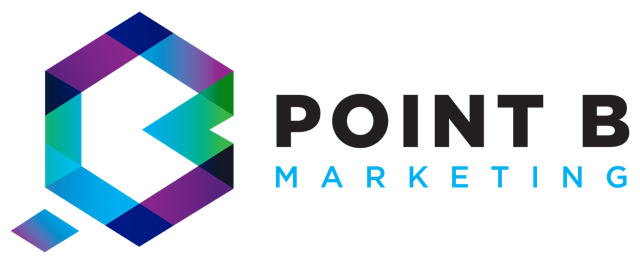Do you want to change the way your business lands customers? If so, then you may be interested in inbound marketing. This method of marketing is based on drawing your ideal customers to your business through useful content as opposed to outbound marketing, which is based on gaining new customers through advertisements, cold calling and emailing, and in-person contact. In this post, we'll look at the four stages of inbound marketing and how you can use it to get new customers.
Stage 1: Attracting Visitors
The first stage in inbound marketing is attracting visitors to your business. Creating content to attract visitors is crucial in the digital age considering that 58% of Australian consumers are introduced to products and services online first. Out of the consumers that research products and services online before purchasing, 54% rely on search engines and 26% rely on brand websites to find the information they need to make a decision.
What does this mean for your business? This means that you need to have informational content on your website that your ideal customers would search for before they make a purchase for your products and services. Here are a few ways a bank could use inbound marketing to attract a potential customer to their website.
- A potential customer is interested in opening a checking account online. They may do a Google search on how to open a checking account online. To capture this customer's attention in search, you would need content on your website that ideally ranks on the first page of Google search about how to open a checking account online with your bank.
- A potential customer is interested in getting a home loan. They may do a Google search on the best home loan rates. To capture this customer's attention in search, you would need content on your website that ideally ranks on the first page of Google search about the best home loan rates your bank has to offer.
- A potential customer is interested in either saving their money or investing it. They may do a Google search on the difference between saving versus investing their money. To capture this customer's attention in search, you would need content on your website that ideally ranks on the first page of Google search about the pros and cons of savings accounts versus various types of investment accounts.
The key is to think of the topics that your potential customers would search for when researching the types of products and services you have to offer. Once you create informational content around those topics, your objective is to make sure your potential customers can find that content on search engines through proper on-site and off-site search optimisation.
Stage 2: Converting Visitors to Leads
Once you have attracted a potential customer to your website, your goal is to convert them from a website visitor to a lead. For most businesses, this may be as simple as putting a call to action at the end of your articles that helps potential customers go from learning about a solution to choosing one. Calls to action help website visitors who are potential customers ready to make a decision and potential customers that will be ready to make a decision soon, but not at the first point of contact.
For a potential customer that is ready to make a decision and purchase your product or service, calls to action that invite them to open an account, apply for a loan, or contact a banking specialist. For a potential customer that is not ready to make a decision, you can create calls to action to learn more about your business, products, or services via free newsletters, guides, reports, and other content.
Ultimately, you want to find ways to convert visitors to your website into customers immediately or leads that can be converted at a later time through a series of emails that remind potential customers about your business, products, and services.
Stage 3: Converting Leads to Customers
Depending on how your business collects leads, the path to converting your leads into customers could take many forms. You may have calls and contact forms that are forwarded to the appropriate account or loan specialists. You may have an email series that educates your subscribers about your products and services. You may have case studies that show how customers like them benefit from the use of your products and services. You may even have all of the above.
Converting leads into customers is all about convincing people that your products and services are what they need. Since you have qualified your website visitors by attracting those who are most likely interested in your products and services, the conversion process will be simpler than the one used for converting complete strangers into customers from advertisements.
Stage 4: Creating Raving Fans
Inbound marketing doesn't just happen when you attract visitors to your website using content that is informational to your ideal customer base. It also happens when potential customers discover your business through word of mouth marketing online. To get more word of mouth customers, you have to create customers who don't just invest in your products and services, but also tell everyone they know about them.
Providing great products and services can go a long way to turning customers into raving fans of your business. But providing great customer service to your customers once they've committed to your products and services is crucial. 84% of consumers globally trust recommendations from friends and family. Hence, if you can impress people with your products, services, and customer service, you'll attract new customers from the friends and family of existing customers.

